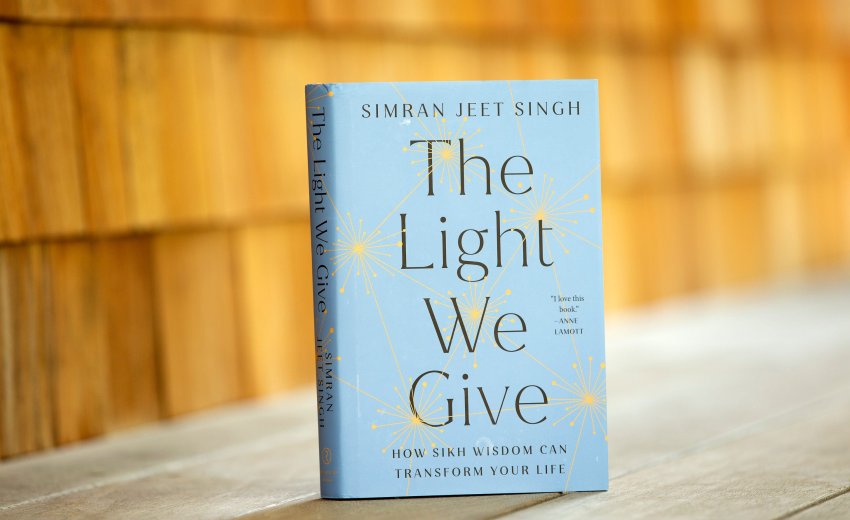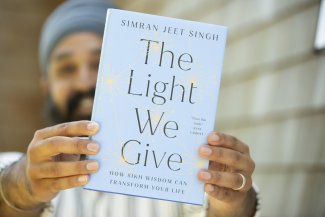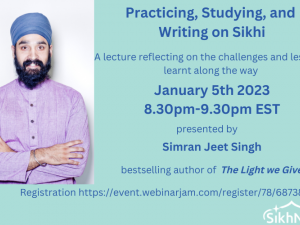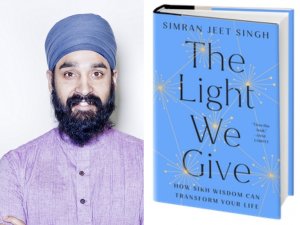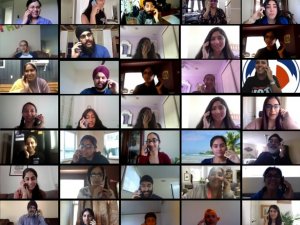Growing up as a Sikh in the United States, nothing frustrated me more than people’s ignorance about who we are. People noticed us everywhere we went because of our unique identity, and in many cases, they made assumptions about who we are. And yet, even when people thought they knew, they were often wrong. Many saw us as Muslims, foreign and threatening. Some saw us as Hindus, which came with a variety of stereotypes. Few saw us for who we were – and even then, so often, they were misguided. “An offshoot of Hinduism,” some would say. “A blend of Islam and Hinduism,” we often heard.
The misinformation about Sikhi came early and often, and it felt especially sharp in the wake of cultural violence. In the few moments that the American public actually paid attention to us, the misinformation was reinforced. When the Oak Creek Massacre took place in 2012, I remember the news anchors struggling to describe who Sikhs are. What they shared on the news only furthered people’s confusion. Our community has experienced that collective ignorance can have violent consequences. In the wake of 9/11, we learned immediately that making ourselves known was a matter of survival. The hate came incessantly, and it was rooted in ignorance and fear. I was a senior in high school at the time, and I observed how limited our access was to cultural power. Despite having such a rich tradition of storytelling, we didn’t have many Sikh Americans who could make our story legible to the public.
As I began to understand this important need for our community, I committed to becoming a cultural storyteller. The goal would be to help share our beautiful tradition with the world, to cultivate empathy, goodwill, and safety. I had always practiced Sikhi, but in college, I began studying it in earnest. I studied other religions, too, and after majoring in religion, I decided that I wanted to study it even more. I eventually did my Masters at Harvard in South Asian Religions and then a PhD in Religion from Columbia University, with a focus on history and religion in South Asia.
My dissertation focused on the Puratan Janamsakhi, the earliest accounts of Guru Nanak Sahib’s life. My studies deepened my appreciation for Sikhi and its unique worldview. I came to love the tradition even more, and I continued my seva within the community, too. The Sikh Coalition, SALDEF, Sikh Research Institute, Ensaaf, and more. Sikh camps and conferences, as well. It felt like a gift to be able to serve our community and to live a life of seva.
It was during this time, too, that I began to recognize something else. I had always known that we lacked resources in the west to connect to our Sikh heritage; I felt that painfully when I was younger. While figures like Bhai Vir Singh and Professor Sahib Singh loomed large, and while they played a significant role in shaping my love for Sikhi, they weren’t easily accessible to everyone in the west. I realized that, somewhat unintentionally, I had become equipped to help Sikhs connect with their heritage in ways that resonated with them. I had benefited so much from others who had done this for me, and I felt like providing this seva for our community met an important need and gave me a way to pay forward what I had received.
This is when I began to imagine in earnest what it might look like to produce resources that would help Sikhs better connect with their own tradition. And then, just as I was about to begin writing this book with those two purposes – to help introduce Sikhi to those unfamiliar with it and to help Sikhs better connect with their own tradition – I observed something else that informed what I wanted to write. People everywhere were struggling to find happiness amidst what felt like constant turmoil. They spoke of burnout and outrage and hate; all of the negativity that continues swirling around us today. I understood where they were coming from – I was outraged too. And I also felt even more grateful for the wisdom of Sikhi, which kept me calm and grounded in the midst of darkness. This experience helped me appreciate Sikhi even further.
I’m not saying that I am perfect or enlightened or anything of the sort. Rather, I’m a normal person who has also felt frustration, and outrage, and anger. But Sikhi has provided me a way of engaging that goes beyond fight and flight, that enables me to find calm within our tumultuous world, and to truly feel the sweetness (mithaas) of our human life.
Sometimes, we take things for granted until we are confronted by what makes it unique, and this is what happened to me when I started writing this book. I came to see how the Sikh worldview has meaningful answers for some our most pressing questions today, and how Sikh philosophy can be a balm for us in a time of immense pain. The Sikh gurus never meant for their teachings to be kept secret. Their wisdom is for anyone and everyone. This is why I’m so grateful to help bring it forward into the world, not to proselytize or convert people, but to help ease their pain. The wisdom in this book is not my own. It is the wisdom of the gurus. The mistakes and distortions in here, however, are my own. It’s a gift to be on this journey with fellow travelers, and I’m grateful for the support and love of our sangat. I hope this book resonates and brings us all ease in our journey together.
The book is available everywhere books are sold, including Amazon, Barnes & Noble, and your local bookstores. I’d love for you to purchase a copy for yourself and a copy for a friend, colleague, or classmate who you think might enjoy it. And if you’re looking to purchase 25+ copies, please let me know so that I can set you up with a bulk discount! Requesting the book from your local library is another great way to support. I’d also LOVE for you to go to take 30 seconds today to rate and review the book on Amazon and GoodReads. Those reviews are incredibly helpful, too.
I’m grateful to all the people who helped make this dream possible. There are too many of you to count, let alone name. And I’m thankful to all of you here, for all your love and support. Thank you for being on this journey with me. I’m truly grateful for it all.
(Photo Credits: John Noltner)

